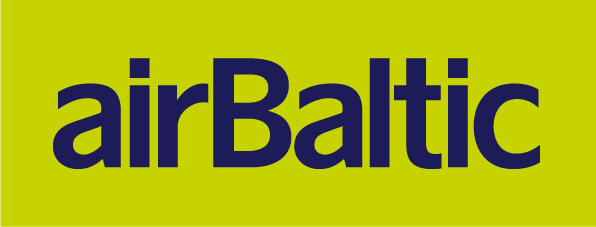airBaltic searches for strategic investor

According to Martin Gauss, director of Latvian airline airBaltic, the time has come for the carrier to attract a strategic investor.
“The perfect time has come to find a strategic investor, knowing that the restructuring process has finished, and the company shows good financial results,” Gauss told in an interview with Latvian TV channel LNT.
While it is true that the carrier recorded a 10% increase in passenger numbers in 2016, the exact financial improvement quoted by Gauss has yet to be disclosed to the public.
Previously, Canada’s Bombardier, which already closely cooperates with airBaltic, was rumored to be a potential investor. airBaltic is one of the launch customers of Bombardier CS300 aircraft, of which it has 20 on order.
Gauss declined to discuss such an option while hinting that in the best case scenario the strategic investor would be a large airline.
In the beginning of February, Latvia’s Minister of Transport Uldis Augulis mentioned that the short-list of potential strategic investors should become final by November 2017. According to Augulis, the search is performed by international consultancy firm Lazard Freres, which will bill airBaltic in the case of a successful agreement.
The Minister also mentioned that Latvia has several conditions to the potential investor: Riga International Airport must remain the carrier’s hub and cooperation with currently served airlines must not be interrupted.
The cooperation with the investor will also have to go in line with the so-called Horizon 2021 plan, which was introduced in February 2015 by airBaltic in order to increase air connectivity in the region. Following the growth plan, the carrier plans to expand its fleet to 34 aircraft by 2021 and increase the number of annual passengers by 30% – up to 4 million people.
In 2016, airBaltic carried 2,891,365 passengers or +10% more that a year earlier throughout its network spanning Europe, Scandinavia, Russia, CIS and the Middle East. During the year 2016, the airline operated 43,872 flights or +2% more than in 2015. The load factor, which represents the number of passengers as a proportion of the number of available seats, grew to 74%, or +3% points compared to a year earlier.
